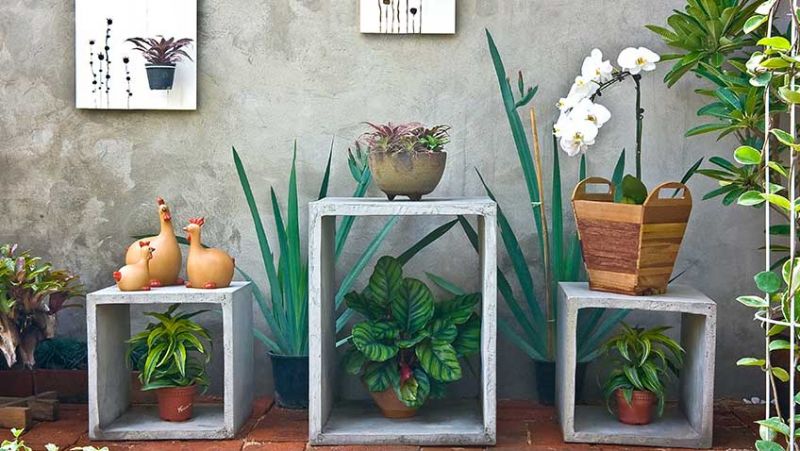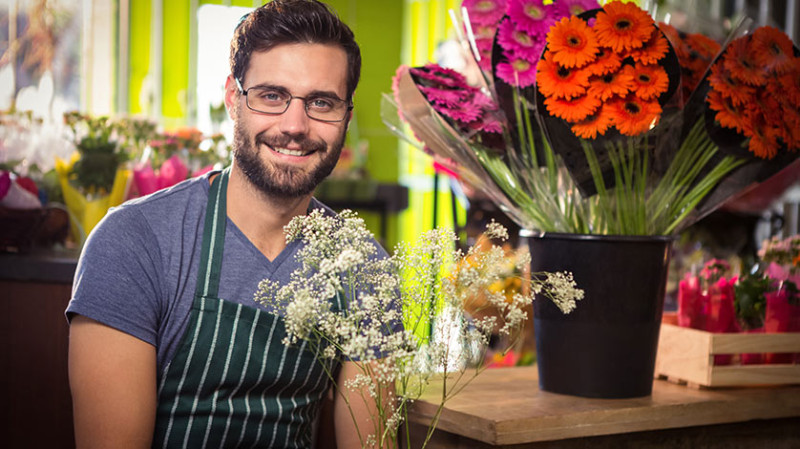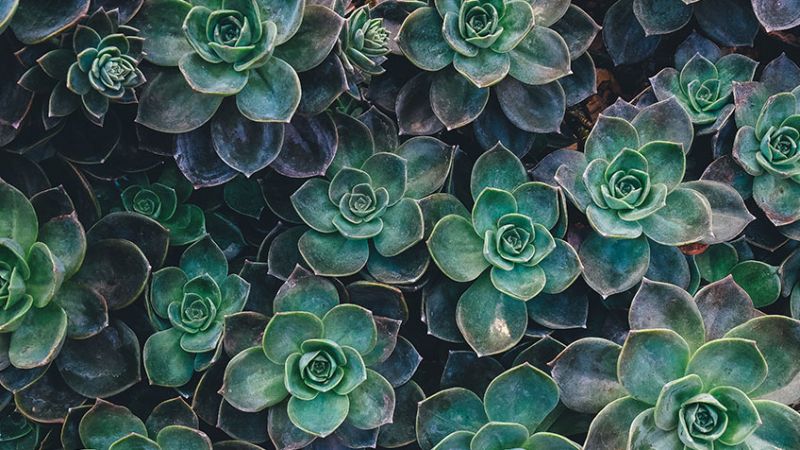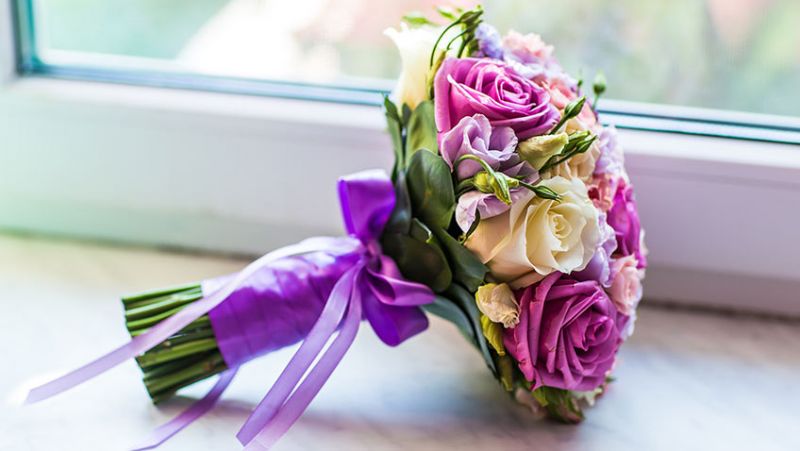
If you're like most people, you probably enjoy having a few pot plants around your home. Whether they're for decoration or simply to add a splash of color to your living space, flowers can brighten up any room.
Don’t Store Flowers in Direct Sunlight
Flowers are delicate creatures that need to be protected from the harshness of the sun. The sun’s ultraviolet rays can cause flowers to wilt and fade, and the heat can dry out the petals and stems. If you want your flowers to stay fresh and vibrant, it’s important to keep them out of direct sunlight. If you must put them in the sun, make sure to do so in the morning or evening when the light is not as intense.
You should also try to keep them in a cool, shady spot during the hottest part of the day. If your flowers have already wilted, there are a few things you can do to try and revive them. First, trim off any brown or blackened parts of the flower. Then, put them in a vase of cool water and place them in a cool, dark room. Sometimes, flowers just need a little break from the sun to perk up again.
Watering Your Plants Regularly
Watering your plants regularly is important to keep them healthy. Water helps them to take in nutrients, stay hydrated, and prevent wilting. While different plants have different watering needs, there are some general guidelines you can follow. Water your plants early in the day so that the water has a chance to evaporate before nightfall. Water at the base of the plant rather than from above to avoid wetting the leaves and promoting fungal growth. And be sure to give your plants enough water so that the soil is moist but not soggy.
Make Sure the Pot Has a Drainage Hole
As any gardener knows, the soil is essential for growing healthy plants. Not only does it provide nutrients and support for roots, but it also helps to regulate moisture levels and prevent weed growth. However, soil can also be quickly eroded by wind and water, damaging plant life and making it difficult for new seedlings to take root. One way to help prevent soil erosion is to maintain a healthy lawn. Grassroots help to hold the soil in place, and the dense network of blades helps to deflect wind and water.
In addition, lawns help to slow down the flow of rainwater, giving the ground a chance to absorb the water before it runs off. As a result, a well-tended lawn can play an essential role in preventing soil erosion. Make sure the pot has a drainage hole so that water can drain out easily and the plant will not sit in water which will cause the plant to rot.
It is important to use a pot with a drainage hole so that your plant can get the oxygen it needs from the air. If you do not have a pot with a drainage hole, you can make one by drilling a hole in the bottom of the pot. Make sure you use a drill bit that is the same width as the drainage hole in the pot. Line the bottom of the pot with a layer of gravel to help with drainage. Place the plant in the pot and fill it with soil. Water the plant deeply and allow the water to drain out completely. Repeat this process every week or as needed.
Using a Potting Mix That Drains Well
Using a potting mix that drains well is an important part of gardening. A potting mix that drains well allows water to drain away from the roots of plants, preventing them from becoming waterlogged. Waterlogged roots can lead to a number of problems, including fungal disease and death. In addition, a potting mix that drains well helps to keep the leaves of plants dry, which helps to prevent fungal diseases such as powdery mildew.
Using a potting mix that drains well is also important for preventing root rot, which can kill plants. To use a potting mix that drains well, simply add it to your garden beds or pots before planting. You can also add drainage holes to pots and containers to allow excess water to drain away. Using a potting mix that drains well is an important part of keeping your plants healthy and happy. By following these simple tips, you can ensure that your plants stay healthy and fresh for a long time.



